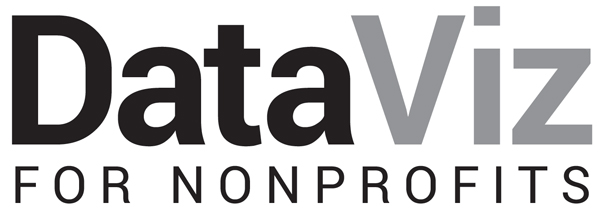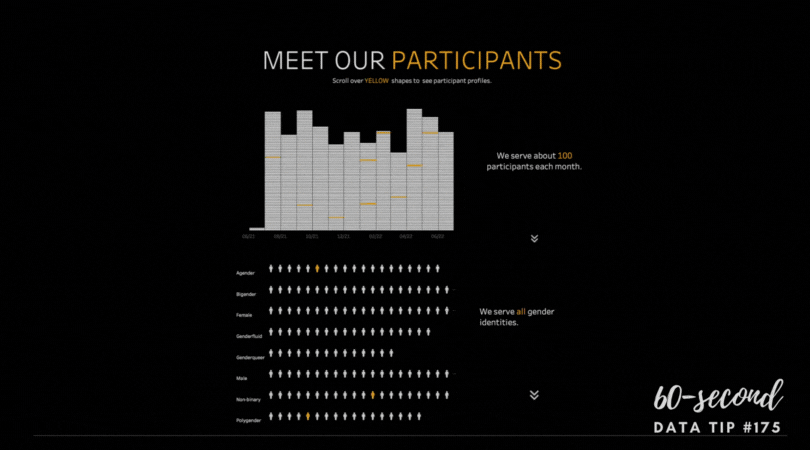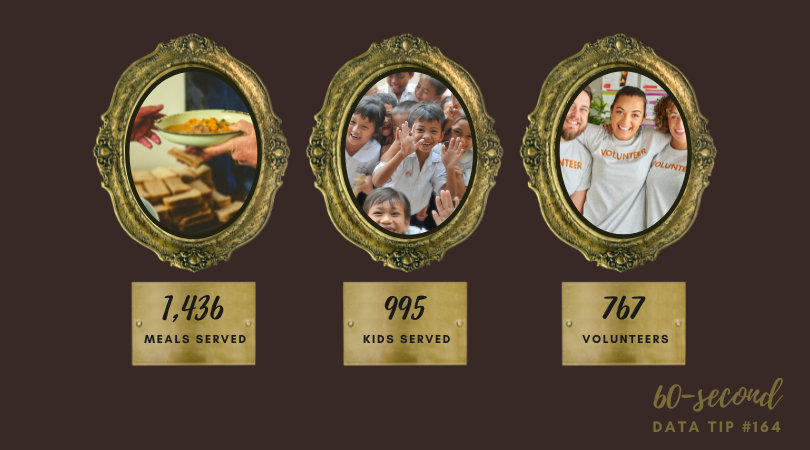COVID has taught us a lot about a lot of things, including data viz. Early in the pandemic, I asked: Which are worse: COVID haircuts or COVID charts? We all needed ways to understand what was happening, how bad it was, and what we should do. And many public and private entities turned to data viz to convey this information. But not all of them did a great job, particularly at the beginning. With time, those visualizing this data have learned a great deal, and we can apply this learning to charts showing all types of data.
The digital magazine, Sapiens, recently reviewed the “emerging consensus” around how to display COVID data. In this tip, I give you the 60-second version of these rules and how they might apply to the work of any nonprofit organization.
1. Cases should be reported on a population-adjusted basis. Whether you are counting cases of COVID, school drop outs, or food insecurity, raw numbers don’t mean much. One hundred drop outs in a small school district should raise more alarms than the same number in a large district. Per-capita numbers are better. They allow us to compare populations of different sizes.
2. Cases should be reported on a rolling weekly basis. Numbers of cases can fluctuate on a daily basis for a variety of reasons. And these spikes and dips can make it difficult to discern overall trends. Regardless of the type of cases you are reporting, presenting rolling averages (aka moving averages) often works better than showing daily cases.
3. Certain thresholds are meaningful and remain so over time. Per capita numbers may give us a better sense of the magnitude of a problem, but they don’t tell us what to do. The color-coded COVID risks levels serve that purpose. We can show similar thresholds in charts showing other issues. For example, the dashboard below indicates when the number of people experiencing homelessness exceeds temporary beds available and thus when further action is needed.













































